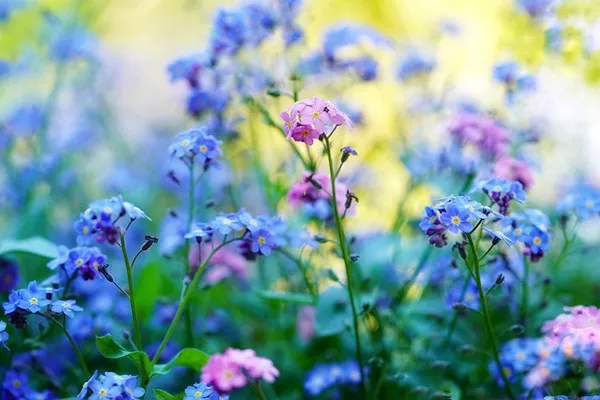Gnats, those pesky little insects, can become a real nuisance for plant enthusiasts. Not only do they disturb the aesthetics of your indoor garden, but they can also harm your plants by feeding on their roots. In this article, we will explore proven strategies to get rid of gnats in plants, ensuring a healthy and thriving garden.
Understanding the Culprits: Identifying Gnats
Before diving into eradication methods, it’s crucial to know your enemy. Gnats are small, flying insects that resemble mosquitoes but are usually harmless to humans. However, their larvae can pose a significant threat to your plants, especially in the soil. Fungus gnats and shore flies are the two most common types found in indoor gardens.
Creating an Unfavorable Environment for Gnats
Gnats thrive in damp conditions, making overwatered soil a paradise for them. To disrupt their life cycle, consider adjusting your watering routine. Allow the top inch of soil to dry out before watering again. This simple step can deprive the gnats of the moist environment they need for laying eggs and larval development.
Implementing Natural Predators
Nature has its own way of dealing with pests. Introducing natural predators like beneficial nematodes and predatory mites can be a game-changer. Beneficial nematodes are microscopic organisms that seek out and feed on gnat larvae, effectively reducing their population. Predatory mites, on the other hand, feast on various small insects, including gnats. These solutions not only eliminate the immediate problem but also contribute to the overall health of your garden.
Choosing the Right Soil and Potting Mix
Gnat infestations often start in the soil, making it crucial to select the right type for your plants. Opt for well-draining soil mixes that prevent water from stagnating. Aeration is key in discouraging gnats from laying their eggs. Adding perlite or sand to your potting mix can improve drainage and reduce the risk of gnat infestation.
Utilizing Homemade Gnat Traps
An effective and economical way to tackle gnats is by using homemade traps. One popular method involves placing apple cider vinegar in a small container and covering it with plastic wrap. Poke small holes in the wrap, and gnats will be attracted to the vinegar and get trapped. Another option is a mixture of dish soap and water in a shallow dish. The soapy water breaks the surface tension, causing the gnats to drown.
Applying Natural Repellents
Prevention is often the best cure. Several natural substances act as repellents for gnats. Neem oil, derived from the neem tree, is known for its insecticidal properties. Mix a few drops of neem oil with water and spray it on the soil surface. The oil disrupts the gnats’ life cycle and acts as a deterrent. Additionally, a mixture of cinnamon and water sprayed on the soil can create an inhospitable environment for gnats.
Commercial Insecticides for Severe Infestations
For more severe infestations, commercial insecticides can be effective. Look for products containing bacillus thuringiensis (Bt), a bacterium that specifically targets the larvae of gnats and other pests. Always follow the instructions on the product label to ensure safe and proper application. Remember to exercise caution when using chemical solutions, especially if you have edible plants in your indoor garden.
Maintaining a Clean and Tidy Environment
Good gardening practices go a long way in preventing gnat infestations. Regularly remove dead leaves and debris from the surface of the soil, as these provide ideal breeding grounds for gnats. Keep the area around your plants clean and well-ventilated. A tidy environment not only discourages gnats but also promotes overall plant health.
Conclusion
In conclusion, getting rid of gnats in plants requires a multi-faceted approach. By understanding the life cycle of these pests and implementing a combination of preventive measures and targeted treatments, you can ensure a gnat-free and flourishing indoor garden. Remember to tailor your approach to the specific needs of your plants and be consistent in your efforts. With the right strategies in place, you can enjoy a pest-free and vibrant garden all year round.


